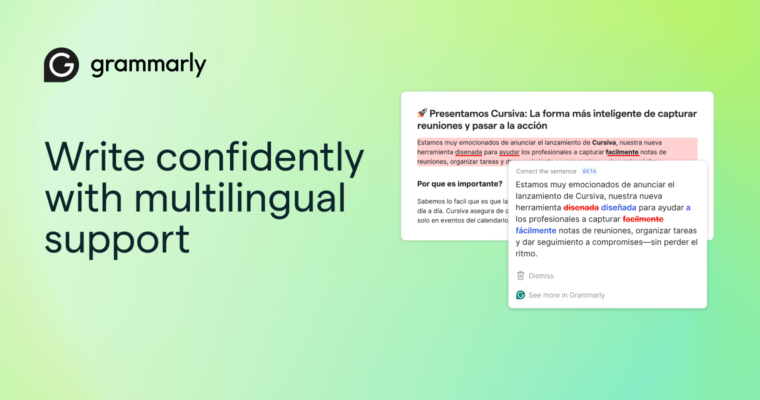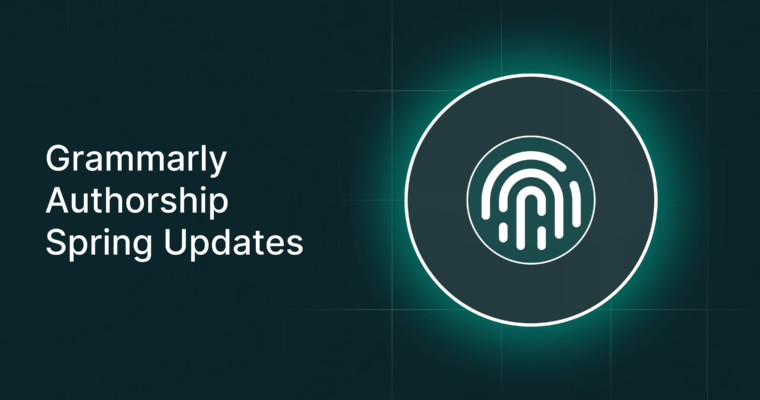Editor’s note: Grammarly’s tone detector was first released in 2019.
Have you ever written an email and asked a colleague to read it over before you sent it? Maybe you wanted to make sure it sounded friendly but not too informal. Or you were worried it sounded aggressive because you were a bit annoyed when you wrote it. In short, you were concerned about your tone—the quality of your message that illustrates your attitude or emotional state to your reader—and you wanted to make sure your writing conveyed the tone you intended. But what happens when you need to send an important email and your obliging colleague isn’t available? Fear not! You have a trusty email tone checker in the form of Grammarly’s new tone detector.
Meet the tone detector
Accurately identifying someone’s tone in writing is much harder than it is in conversation. For one thing, you have no facial expressions or body language to hint at a writer’s emotional state. For another, there’s usually no single attribute that is responsible for the tone of a message.
Grammarly’s tone detector relies on a combination of rules and machine learning to identify signals in a piece of writing that contribute to its overall tone. By analyzing your word choice, phrasing, punctuation, and even capitalization, Grammarly can tell you how your message is likely to sound to someone reading it.
Let’s say you’re writing an email to congratulate a friend on completing an ambitious project. You may find that the tone detector identifies your message as sounding excited and joyful. Nothing wrong with that! But if those same tones are detected in a piece of communication where they might be less appropriate (for instance, in a resignation letter), you can take the opportunity to dial back what you wrote and steer it in a different direction.
How to use it
The beta version of Grammarly’s tone detector is currently available as part of Grammarly’s browser extension for Chrome, Safari, Firefox, and Chromium Edge. (Since the date of this blog post’s publication, tone detector has also become available on Grammarly for Microsoft Office in Outlook and on the mobile Grammarly Keyboard.) To give it a try, be sure you have Grammarly installed on your browser, then head to a site where you can start writing, such as Gmail. Make sure to write a few sentences—the tone detector needs at least 150 characters to activate.
As we continue to expand the types of writing feedback Grammarly offers, keep your eye out for more features designed to help you connect with your audience. In the future, you can expect Grammarly to not only help you identify the tone of your message but also offer specific suggestions for achieving the tone you want.
Why tone matters
Effective communication involves a variety of factors. Grammarly’s assistant is built to provide feedback on multiple dimensions of writing, including clarity, correctness, engagement, and delivery—because in some situations, what you say is as important as how you say it. There’s a world of difference between “You screwed up and now our invoice is wrong” and “It looks like there’s a mistake on the invoice.” The information is the same, but the first approach—accusatory and angry—is more likely to make your colleague feel upset and disrespected. Choosing your tone wisely is essential for building and preserving relationships, both personal and professional.
It’s true that you can’t control how someone reacts to your writing, but by making thoughtful decisions about the way you deliver your message, you can increase the likelihood that your recipient will focus not on unintended effects of your tone but on the information you’re sharing.
Curious to see Grammarly’s tone detector in action? Learn more here.



